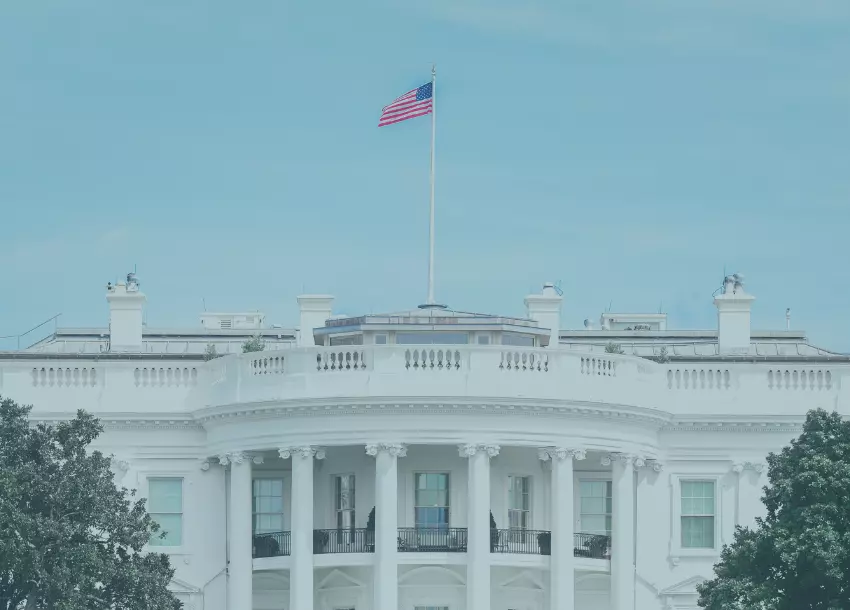Less Room to Swim in the “Waters of the United States"
“On three prior occasions, this Court has tried to clarify the meaning of ‘the waters of the United States.’ But the problem persists. When we last addressed the question 17 years ago, we were unable to agree on an opinion of the Court. Today, we return to the problem and attempt to identify with greater clarity what the [Clean Water] Act means by ‘the waters of the United States.” Sackett v. EPA, 598 U.S. ____ (2023) (“Sackett”).
Beginning with this blunt preamble, the Supreme Court on May 25, 2023, issued its latest, and arguably clearest, pronouncement on the outer limits of the jurisdiction EPA and the U.S. Army Corps of Engineers can exercise over wetlands in its long-awaited decision in Sackett. Justice Alito’s understatement that “the problem persists” belies the tortured history – particularly the recent history – of defining the jurisdictional term “waters of the Unites States,” or “WOTUS.” Since 2015, EPA has attempted to redefine WOTUS by rule-making under each of the Obama, Trump, and Biden administrations, creating a pendulum swing of uncertainty for the regulated community, and spawning federal litigation from each attempted promulgation.
Sackett’s bottom line: only those wetlands which qualify as “waters of the United States” (or “WOTUS”) in their own right – that is, those wetlands indistinguishable from traditional navigable waters such as streams, lakes, and rivers, and having a continuous surface connection to such waters – can be considered jurisdictional wetlands. When the dust settles, and in the absence of Congressional action or further decision of the Supreme Court, Sackett should resolve at least some of the plaguing questions surrounding federal jurisdictional waters that have ping-ponged back and forth from administration to administration since 2015.
Sackett v. EPA
The Sacketts’ multi-decade battle with EPA and the Corps has become emblematic to some of the difficulty imposed by the lack of clarity in the WOTUS definition for individual property owners throughout the country. In 2004 the Sacketts purchased property in Idaho near an existing lake and, in preparation for construction of a residence, they backfilled their lot. The EPA and the Corps asserted jurisdiction over the activity claiming that the Sacketts had impacted a wetland adjacent to a non-navigable tributary. An enforcement action and demand for removal of the fill followed, and the Sacketts sought review of the agency actions under the Administrative Procedures Act. Ultimately the District Court granted summary judgment on behalf of the EPA. The Ninth Circuit affirmed and the U. S. Supreme Court granted certiorari in order to “decide the proper test for determining whether wetlands are ‘waters of the United States.’”
The Supreme Court took issue first with the agencies’ implementation of the Court’s holding in Solid Waste Agency of Northern Cook County. V. Army Corps of Engineers, 531 U. S. 159 (2001) (SWANCC). In SWANCC, the Supreme Court had rejected the Corps’ arguments that isolated ponds were jurisdictional waters of the U. S. As noted in Sackett, the agencies’ modern practice of determining jurisdiction encouraged local field agents to make decisions on a case by case basis. This allowed certain isolated wetlands to be deemed jurisdictional despite the Court’s rejection of that expansive reading of the Clean Water Act in SWANCC.
The Sackett Court also revisited its last attempt to clarify WOTUS, Rapanos v. U. S., 547 U. S. 715 (2006), noting that four Justices in a plurality opinion from that case had concluded that the Clean Water Act did not extend beyond “wetlands with such a close physical connection to [relatively permanent bodies of water]” that they were indistinguishable from waters of the United States. The Court noted that the rule-making that the Corps and EPA had engaged in since 2015 resulted in endorsement of case by case analysis with no application of a fixed rule, putting property owners in precarious positions as the Clean Water Act criminalized mundane activities such as moving dirt.
The Court concluded that “the CWA extends to only those wetlands that are ‘as a practical matter indistinguishable from waters of the United States.” This conclusion eliminates regulation of isolated and adjacent areas with no connection to navigable waters
What it Means
The Sackett decision’s impact on environmental protections is self-evident – regulatory protections for isolated and adjacent wetlands, to the extent they are necessary, will fall to the states and to local governments where authorized. But the extent to which EPA and the Corps can assert jurisdiction, or not, over wetlands has a substantial impact on development projects of all kinds. New housing, roads, bridges, and utility projects (among myriad others) all must be undertaken with an eye toward how to avoid “jurisdictional” wetlands. To that end, project proponents must often obtain a “jurisdictional determination” from the Corps, explicitly delineating where on a given site regulated WOTUS (wetlands) are present. If those wetlands cannot be avoided, the project proponents must undertake the lengthy and expensive process of obtaining federal permits (and parallel state authorizations) that allow those impacts, and also require costly mitigation for those impacts. These permit decisions are subject to potential challenge from third parties and are frequently litigated, further delaying projects and increasing the overall cost. Thus, for many municipalities and other property owners, the definition of WOTUS as it relates to wetlands is of critical importance.
Without addressing whether the opinion has a retroactive impact, property owners and consultants with existing jurisdictional determinations and/or permits should consider whether to abandon existing determinations and seek a new determination implementing the standards articulated in Sackett. While the Corps may delay any acknowledgement of the standards set forth in Sackett until it receives Headquarters or EPA guidance, the opinion is straight-forward and definitive and does not require interpretation. It requires a continuous surface connection between wetlands and bodies of waters of the United States. It requires water.
Possessors of permits should consider a permit modification. At stake here are the hundreds of thousands of dollars required to satisfy the Corps’ mitigation requirements which is calculated based on the acres of wetland impacts. Additionally, expensive permittee responsible mitigation was proposed to support many permits, requiring purchase of land, conservation, and significant work in areas to generate mediation credits. It is likely that as impacts are reduced based on the clearly articulated standard in Sackett, permittees will want to reduce their mitigation commitments too. This decision may also impact already-approved mitigation banks awarded credits for preservation of areas that may no longer be considered waters of the United States.
It is also highly likely that the Sackett decision will have an immediate impact on the ongoing litigation over the 2022 WOTUS rulemaking, in that the Court effectively negated many of the more controversial portions of the new regulatory definition. It remains to be seen whether the current administration will attempt to maintain the litigation for narrow portions of the rule not impacted, or step back and attempt to issue a new rule in keeping with the Court’s decision.
About Maynard Nexsen
Maynard Nexsen is a full-service law firm of 600+ attorneys in 31 locations from coast to coast across the United States. Maynard Nexsen formed in 2023 when two successful, client-centered firms combined to form a powerful national team. Maynard Nexsen’s list of clients spans a wide range of industry sectors and includes both public and private companies.









